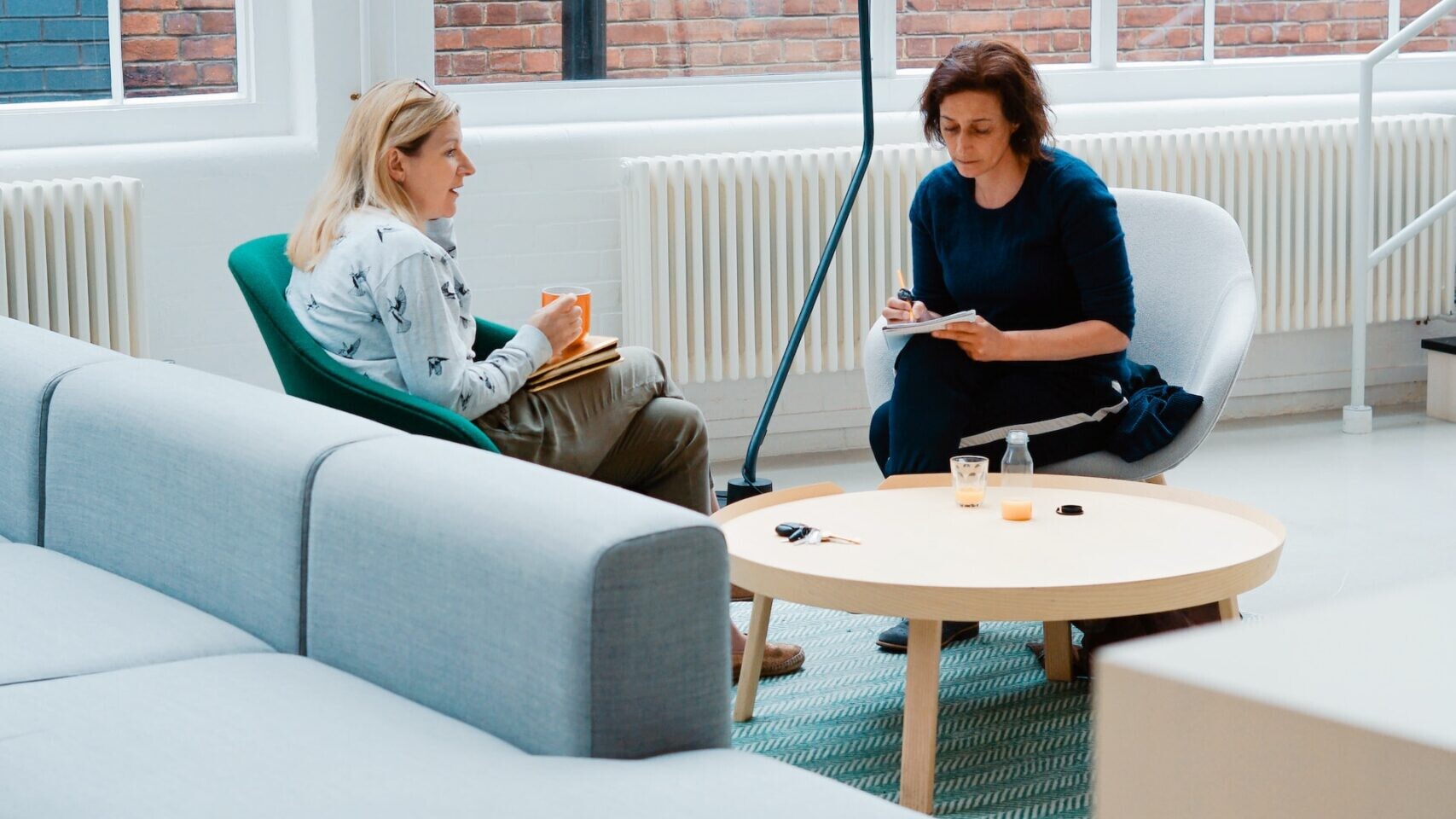The Art of Creating Balance in UX Design
Tips and Strategies for Meeting User Needs, Business Goals, and Technical Constraints
Creating balance in UX design is crucial to developing a user-friendly product that meets the needs of all stakeholders. It requires finding a middle ground between user needs, business goals, and technical constraints. In this article, we will explore some tips and strategies that can help you create a balanced UX design.
Tip 1: Define the problem:
Defining the problem is the first step in creating a balanced UI design. This process involves understanding user needs, business goals, and technical constraints. Clearly defining the problem can help you develop a product that meets the needs of all stakeholders and avoid unnecessary design changes.
Tip 2: Prioritize user needs:
The user should always be at the center of your design process. By prioritizing user needs, you can create a product that is both effective and enjoyable for users. This involves conducting user research, gathering feedback, and iterating on your designs based on user feedback.
Tip 3: Consider business goals:
While the user should always be a top priority, it’s also important to consider business goals. This involves understanding the needs of your business and how your product can help to meet those needs. By finding a balance between user needs and business goals, you can create a product that is both user-friendly and effective in achieving your business objectives.
Tip 4: Be aware of technical constraints:
Technical constraints can sometimes limit the design choices you have available. By being aware of these constraints, you can design a product that is both technically feasible and meets the needs of users. This involves working closely with developers and other technical team members to understand the limitations and possibilities of the technology you are working with.
Tip 5: Iterate and test:
Balanced UX creation is an iterative process. Continuously testing and iterating on your designs can help you create a product that meets the needs of all stakeholders. Gathering feedback from users, making design changes, and testing your product can ensure that it meets user needs and business goals.
Creating balance in UX design is a complex process that requires a deep understanding of user needs, business goals, and technical constraints. By following the tips and strategies outlined in this article, you can find a balance that meets the needs of all stakeholders and creates a user-friendly product. However, it’s important to remember that creating balance in UX design is an iterative process that requires continuous testing and iteration. By continuously gathering feedback from users and making design changes based on that feedback, you can ensure that your product meets the needs of users and achieves your business goals. So whether you are a seasoned UX designer or just starting out in your career, creating balance in UX design is essential to creating a successful product that meets the needs of users and stakeholders.



